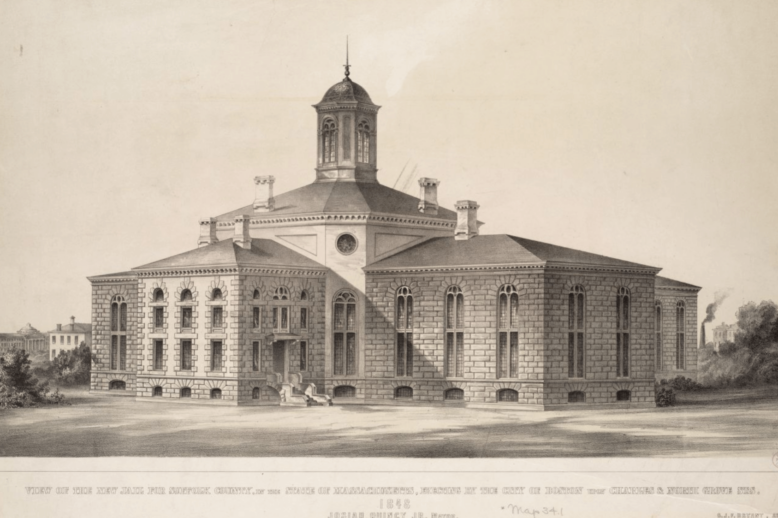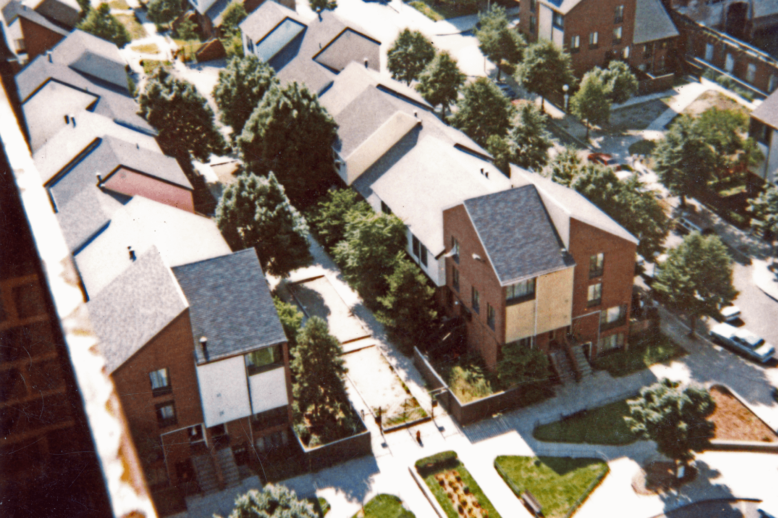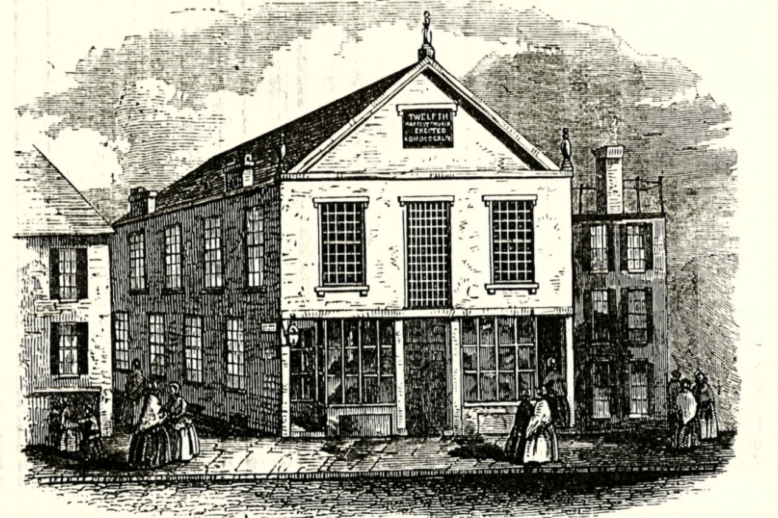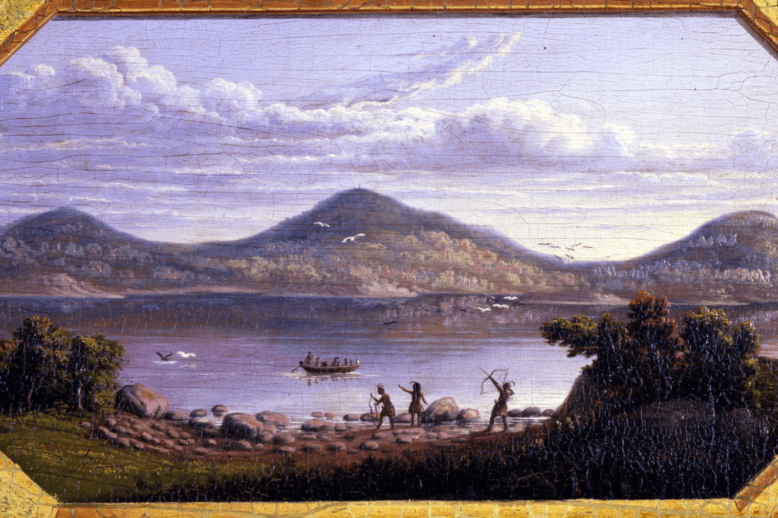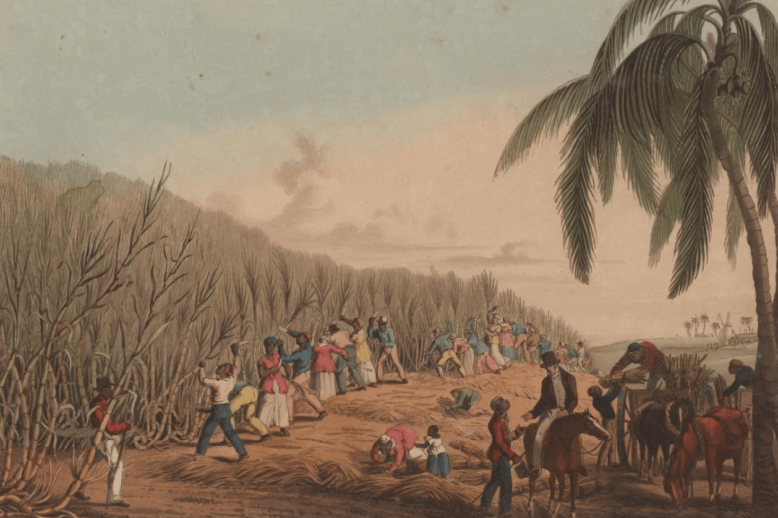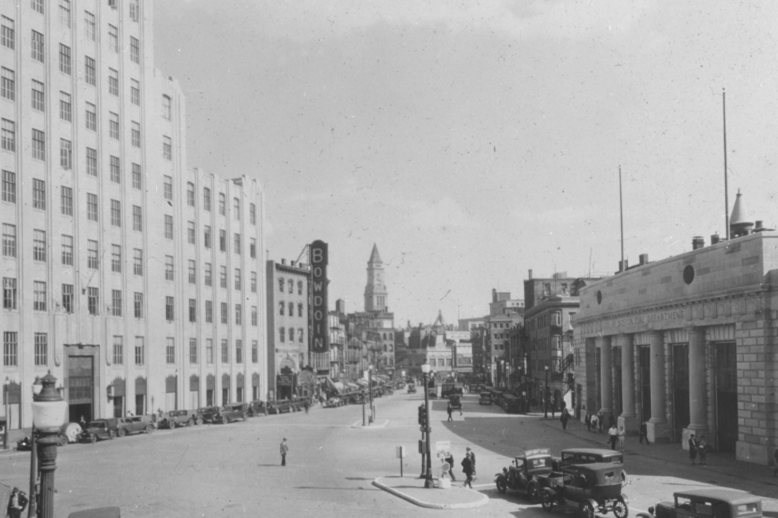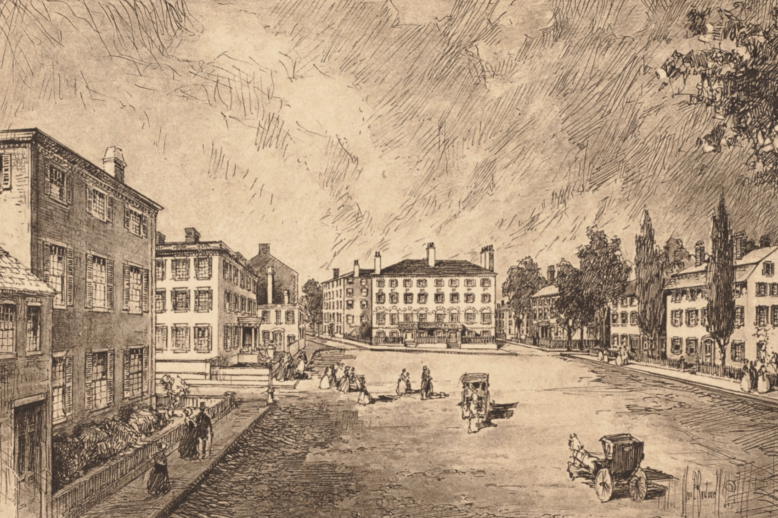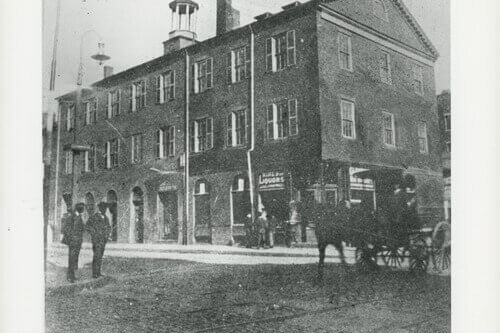The Charles Street Jail
Charles Street Jail stands as a landmark of major national significance, both as a key example of the Boston Granite Style of architecture and as the embodiment of mid-nineteenth-century penal reform movements. The jail’s history was marked by dramatic shifts: initially celebrated as an architectural and reformist triumph at its opening in 1851; later decried for its “cruel and unusual” conditions in the 20th century, prompting its closure; before being reinvented as a luxury hotel in the 21st century.


